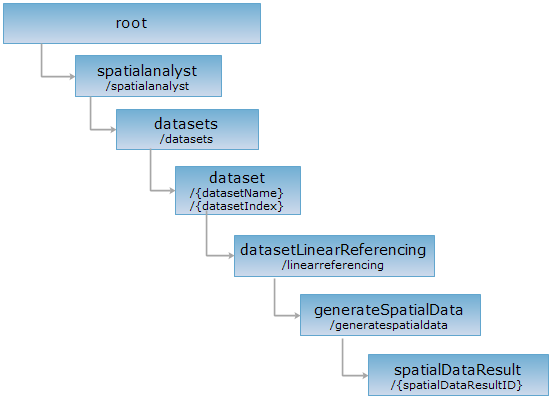
<generateSpatialData_uri>/{spatialDataResultID}[.<format>]
The result source of generateSpatialData, representing the results of dynamic segmentation.
Supported Methods:
Supported output formats: rjson, json, html, xml.

Implement the HTTP request on the following URI, where supermapiserver is the server name, with rjson being the output format.
http://supermapiserver:8090/iserver/services/spatialanalyst-changchun/restjsr/spatialanalyst/datasets/RouteDT_road@Changchun/linearreferencing/generatespatialdata/m2qzopes_2ee053dc196b4b469576186239e8ddd5.rjson
Get the result source of generateSpatialData.
Description:
| Field | Type | Description |
| succeed | boolean | Whether the spatial analysis is successful. |
|
message |
String | The message returned when the spatial analysis fails. |
| dataset | String | The result dataset identity. |
| recordset | Recordset | The result recordset, used to store spatial object information. When implementing the POST request on the generateSpatialData resource, the spatial object information will be displayed only if dataReturnMode of dataReturnOption is set to Recordset. |
Perform GET request on the result resource 源http://localhost:8090/iserver/services/spatialanalyst-changchun/restjsr/spatialanalyst/datasets/RouteDT_road@Changchun/linearreferencing/generatespatialdata/m2qzopes_2ee053dc196b4b469576186239e8ddd5.rjson, the request result in rjson format returned is as the following:
{
"dataset": "test@Changchun",
"message": null,
"recordset": null,
"succeed": true
}
Asks for the response identical to the one that would correspond to a GET request, but without the response body. This is useful for retrieving meta-information written in response headers, without having to transport the entire content. The meta-information includes the media-type, content-encoding, transfer-encoding, content-length, etc.
HEAD request can be used to check if the spatialDataResult resource exists, or if the resource can be accessed by clients. It can also determine if the spatialDataResult resource supports an output format <format> if performed on a URI with .<format> included.